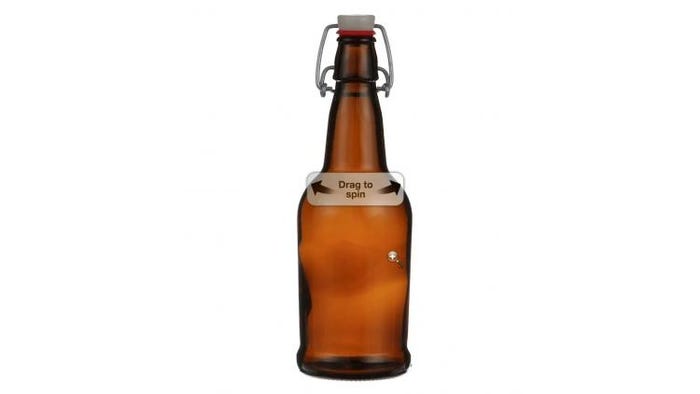What Brands Should Look for When Shopping for Packaging Online
Business-to-business ecommerce sales in the US are expected to reach $1.8 trillion by 2023, which will represent about 17% of all B2B sales, according to a Forrester report. With packaging being one of the slices of this pie, what do brand owners need to see on a supplier’s website before clicking “add to cart”?
We make decisions based on what we see. Why? Because that’s how we’re wired: The brain processes images 60,000 times faster than text.
This fact alone should be enough for brand owners that shop for packages online to pause and reflect on the quality of the product images. Customers today have increasing visual expectations when they shop online — if you can’t find good photos of what you’re looking for on one website, you’ll head to another supplier’s site where you can.
For a packaging suppliers, high-quality website visuals showcase every aspect of what differentiates their products: design, functionality, and customization options. They need strong visuals to stand out from the business-to-business (B2B) ecommerce competition and boost their bottom line.
Here are three things brand owners need to see before deciding to purchase packaging for their products online:
1. Packaging attributes.
A major purchase criteria for packaging customers is the product’s functionality. But static two-dimensional (2D) photos make it difficult to see smart designs in action — and 2D photos are often the default for packaging product photos.
With 360-degree product imagery, however, you don’t have to rely on a product description to figure out whether it’s the solution you’re looking for. Whether it’s a bottle, tube, pump, or box, a 360-degree photograph can capture every angle of its structural design and give you an up-close view of its shape and material.

Packaging supplier TricorBraun, for example, is able to display all the subtle details of its products so clients can more easily and confidently choose from similar options and easily pull together different configurations (above image is static; you must go to the website to see the moving image in action).
If packages have innovative design, bold colors, or a minimalist shape — characteristics popular among today’s consumers — a 360-degree view of the product lets the quality speak for itself.
Plus, if a bottle design uses a special kind of sturdy glass and an airless pump, for instance, you can view the bottle from different angles to see how it looks.
Still, customers do care about all of the information they can find written on a product page: The packaging’s composition, dimensions, and content capacity are important. A 360-degree image should complement a product page’s text. It’s all vital information, but a dynamic and interactive visual can translate technical information into an easily digestible experience.
2. Customization options.
Research from Ipsos shows that 72% of American consumers say their purchasing decisions are influenced by a product’s packaging design. Packaging customization, then, is a way brands can encourage purchases.
But brands don’t just want to plug in their inputs and hope for the best. They want to visualize the final product before they commit to an order.
Suppliers can make that possible by providing examples of branded packages or containers from other clients. If prospective customers have customized graphics, labeling, or printing options, an image of the final packaging design gives them a much stronger sense of what their product will look like once received.
Prospective buyers can then better envision their customers’ experience with the package.
3. Real life applications.
For food, beverage, and cosmetic product packaging especially, lifestyle photography — photos of products in the environment where they’ll be used — showcases real applications. For example, a custom-branded glass jar for face cream might be pictured on a bathroom counter. This helps brands envision how they can leverage the packaging product in their own marketing.
As the packaging industry makes the ongoing transition to B2B ecommerce, first-mover suppliers with strong online visuals will maintain a competitive edge.
By using 360-degree images to show off their most compelling offerings, suppliers clearly show the benefits of ordering their merchandise. By doing that, they make it easy for prospective customers like you to choose your next package — sight seen.
A bonus is brands can also use these same tactics when showing off their product packaging online for business-to-consumer ecommerce sales.
About the Author(s)
You May Also Like




